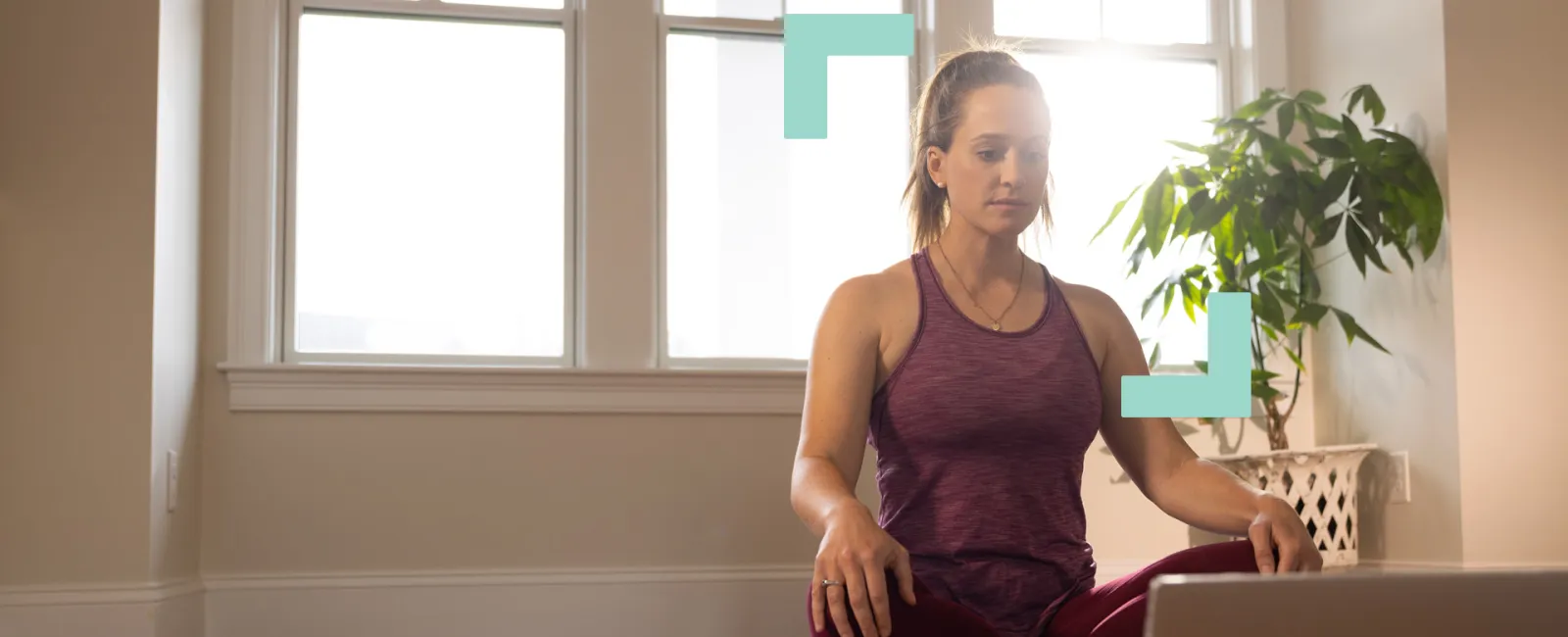
Struggling with boredom under social distancing or shelter-in-place orders? Why not tackle one of those big cleaning and organizing jobs — such as the garage — that you never seem to have sufficient time for? Here’s a step-by-step plan for getting the job done right:
Check weather forecast for a 2-3 day stretch of clear skies and comfortable temperatures. Depending on how messy your garage is, assume you will be leaving at least some belongings outside overnight, so be sure there is no rain (or early spring snow) in the immediate forecast.
Research. It’s likely you will be identifying lots of stuff to get rid of, so spend time looking online for organizations to which you can donate (preferably ones that pick up, even though that might not be possible right away), sites you can use to sell or find good homes for items of higher value, and salvage-type businesses that will either drop a container for you to fill or schedule a time to pick up whatever pile of junk you might generate (again, current circumstances mean you might have to wait on this, so choose carefully when deciding where to locate that pile of junk).
For the stuff you will keep — spend some time — on YouTube, Pinterest, etc — researching great garage-organizing and DIY storage ideas as many can be accomplished with supplies you already have on hand.
Make a long, awesome play list and have plenty of energizing food and water on hand, perhaps in a cooler so you can refresh and hydrate as needed without tracking dirt and grime into your house.
Take EVERYTHING out. This is why you want a clear stretch of weather as cleaning a garage is often a multiday job and you don’t want to be moving stuff in and out more than once. As you remove each item, sort into six basic staging areas: keep, sell, donate, toss, fix, and clean.
Also, as you remove, group like items together: for example, sports equipment, camping gear, beach stuff, tools, hardware, yard tools, and so forth. With hardware and tools, take the additional step of grouping like subsets of things together as this will greatly ease the task of putting everything back in an organized way.
Clean. When the garage is completely empty, clean the space thoroughly. Vacuum cobwebs, dust from walls, shelves, and other fixtures. Sweep the floor (note: if very dusty, be sure to wear a protective mask, assuming you can get your hands on one at this time; if not, vacuuming, hosing, or power washing might be safer choices). If using a hose or power washer, use masking or duct tape to cover electrical outlets, wood trim, and so forth.
For stains: remove grease/oil spots by soaking for 15-20 minutes with a commercial concrete degreaser or, in a pinch, a degreasing dish soap plus a strong-bristled brush for scrubbing. For rust, use a concrete rust remover, or try lemon juice or vinegar if that is all you can access right now. Rinse with a hose and — while you have that hose out — turn your attention to any items you’ve placed into the “to be cleaned” pile.
Fix. With freshly cleaned items drying in the sun, move on to your “to be fixed” pile. Pump up half-deflated balls and bike tires, fix broken bike chains, lube squeaky wheels, etc., so everything re-stored in the garage will be ready to be used when wanted.
Paint. Now that the space is empty and clean, assess whether additional maintenance is needed. Do walls, floor, or shelves need a fresh coat of paint? Skip this step, obviously, if you are not currently free to go out and obtain needed supplies. OR, work with leftover supplies you might have sitting around from other old painting jobs.
Add/augment storage solutions. Did your research yield any cool DIY projects that make great use of walls and ceiling for storage? Now is the time to make those happen. If using opaque bins for storage, be sure to clearly label for easy future location and retrieval.
Neatly organize and replace all the stuff you are keeping. When deciding where to re-store everything, give particular thought to (1) how frequently you use a thing, (2) WHO will likely be taking items in and out, and (3) which items are typically used together. For example, make kids’ things easily accessible and super easy to put away properly. Infrequently used or lighter weight items can go higher up. And, if your partner loves to putter around the house hanging pictures, make sure that lightweight hammer, leveling device, and picture-hanging hardware all end up in the same general vicinity.
Be well, and happy cleaning and organizing!

